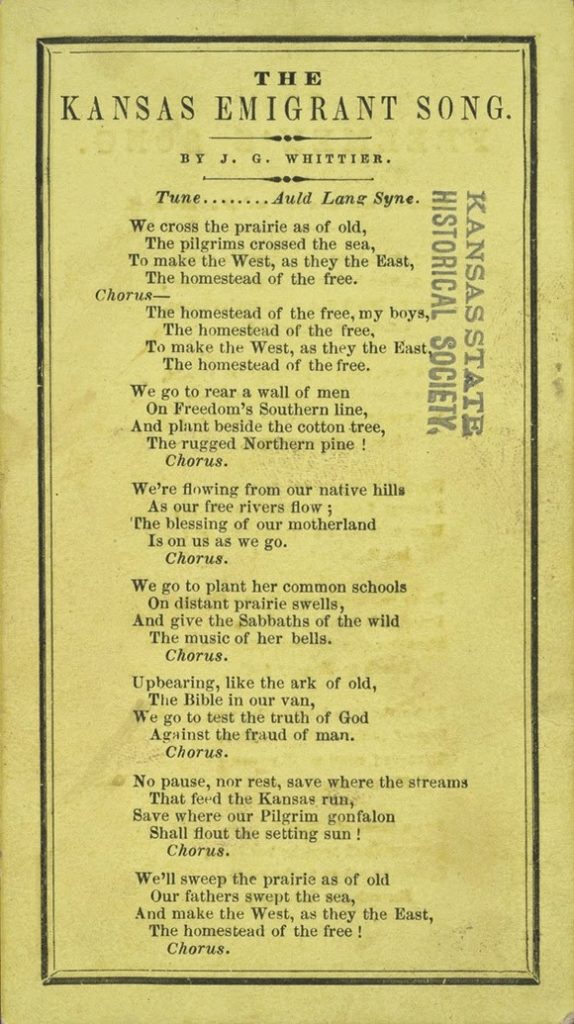What does it take to stand up for an idea? Why do some people choose to take action to address a wrong, while others choose to stand by and watch? What do primary sources reveal about how people in the Upper Valley of Vermont and New Hampshire took action to address the problem of slavery during the antebellum era?
This set of primary source packets provides examples of how citizens took a stand for (or against) antislavery. Some individuals participated in direct action, some supported causes they believed in by making financial contributions, some took a stand through music, others took action even though their neighbors disapproved.
Thinking Skills: Contextualizing documents; synthesizing primary source docs to answer an Essential Question.
Prior Knowledge Needed: These primary sources provide insight in to how men and women in the Upper Valley participated (or didn’t participate) in reform movements during the antebellum era. An overview of issues related to antislavery and women’s reform would be helpful–especially the Underground Railroad, the Fugitive Slave Act (1850), The Kansas/Nebraska Act (1854)
 Process for Analyzing the Documents:
Process for Analyzing the Documents:
Step 1: Source the document
- Who wrote the document?
- When was it written?
- Where was it written?
- Why was it written?
Step 2: Closely read the document
- Underline key words the author used
- Summarize what the document is about
Step 3: Contextualize the document
- What was going on at the time that might have influenced the person or people who created the document or are described by it?
- Can you think of any noteworthy events or trends?
Step 4: Make a claim
- How did the individual stand up for a principle or a belief?
- What were some challenges or risks involved in taking such a stand?
- What choices did the individual have in choosing to take a stand?
- What might have been some consequences and effects of their actions?
- Why do you think the person acted the way s/he did?